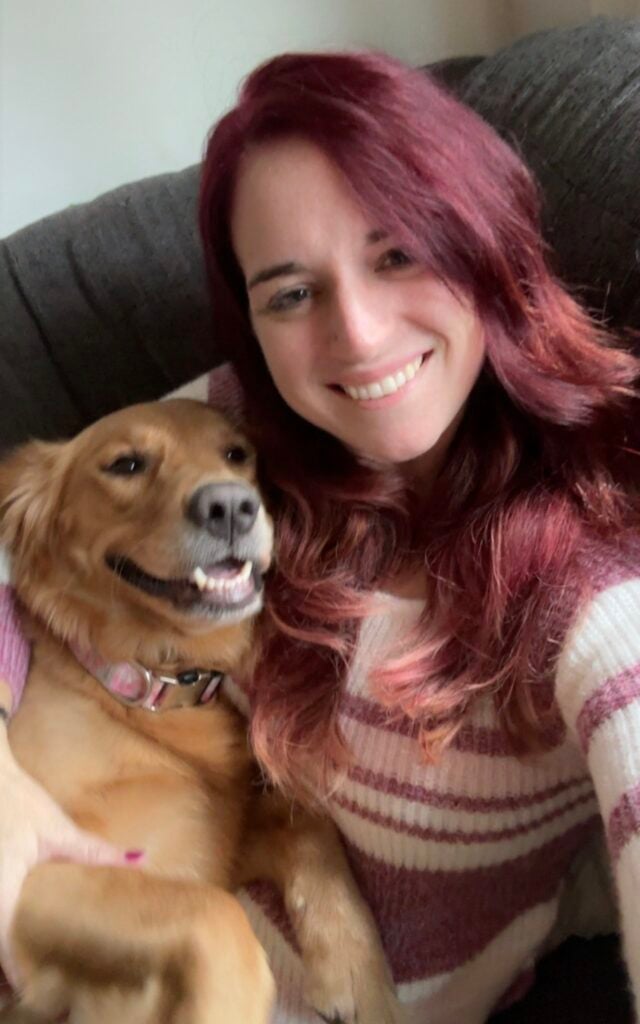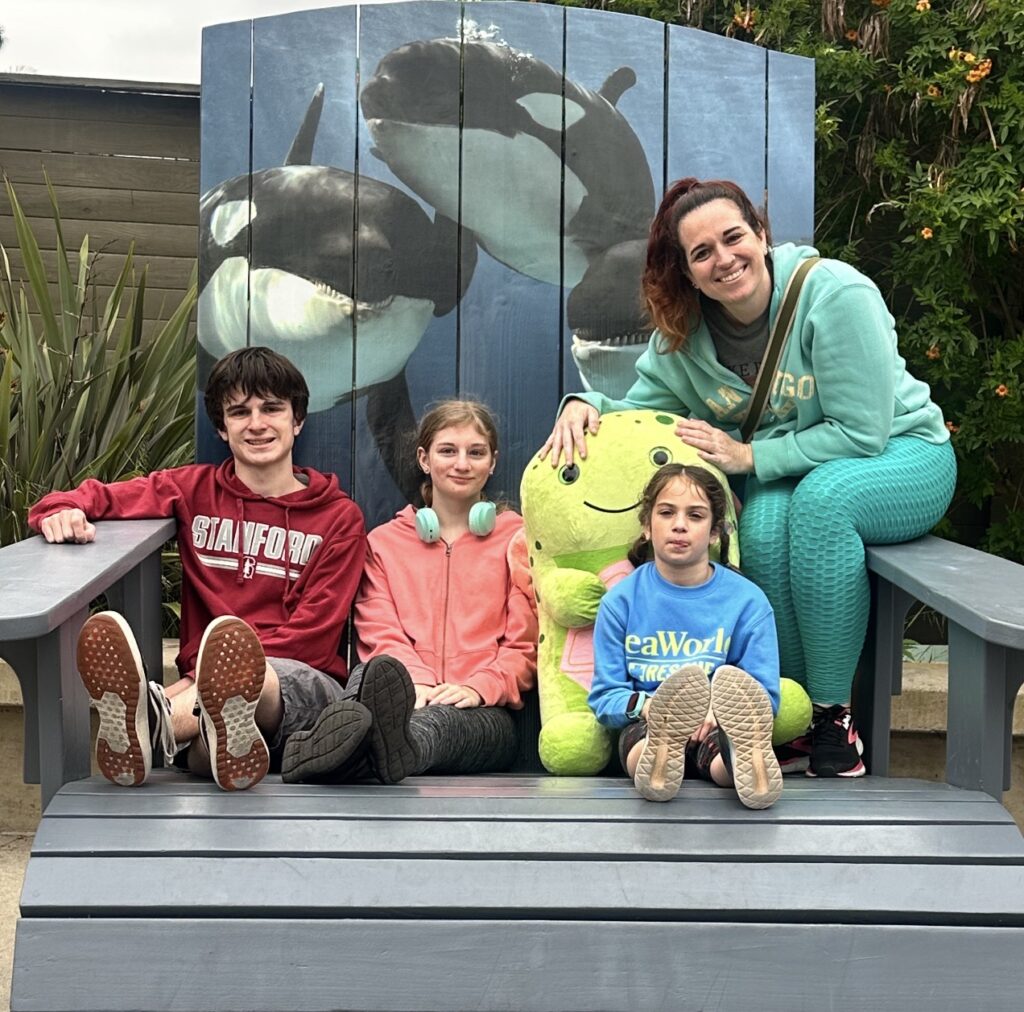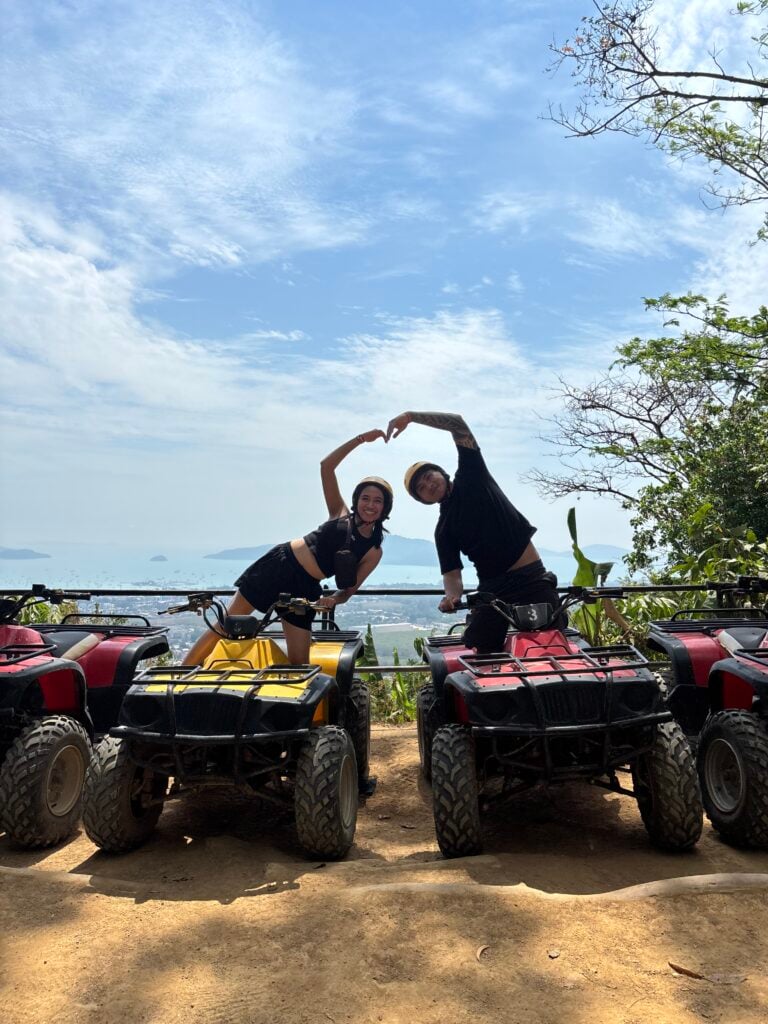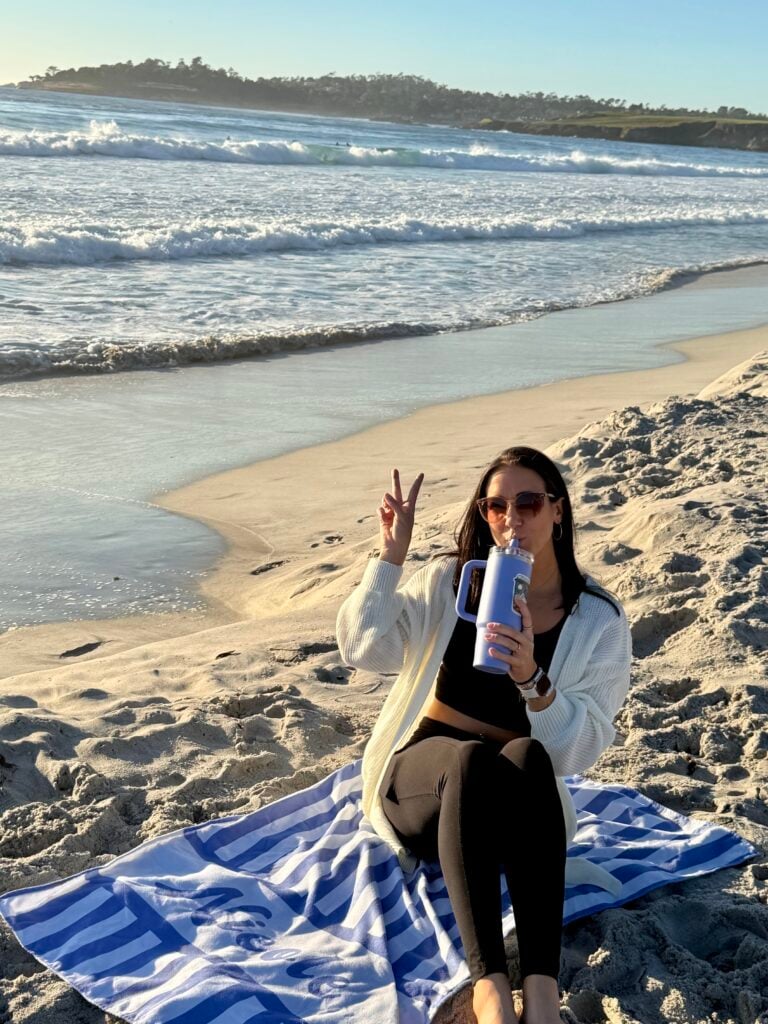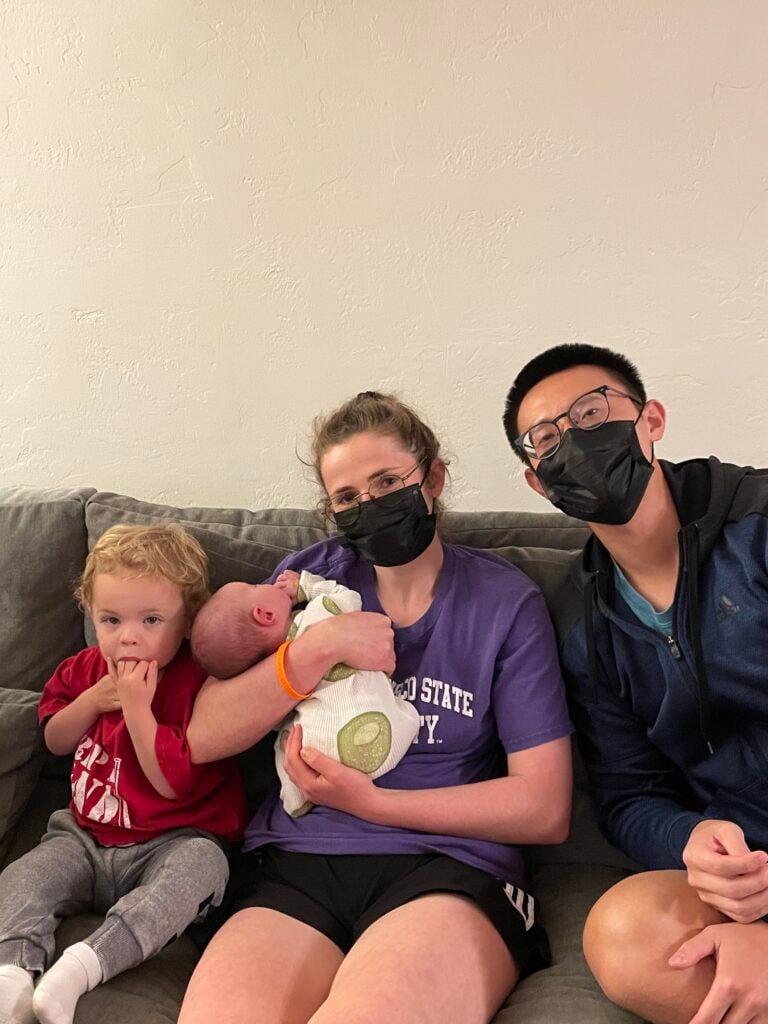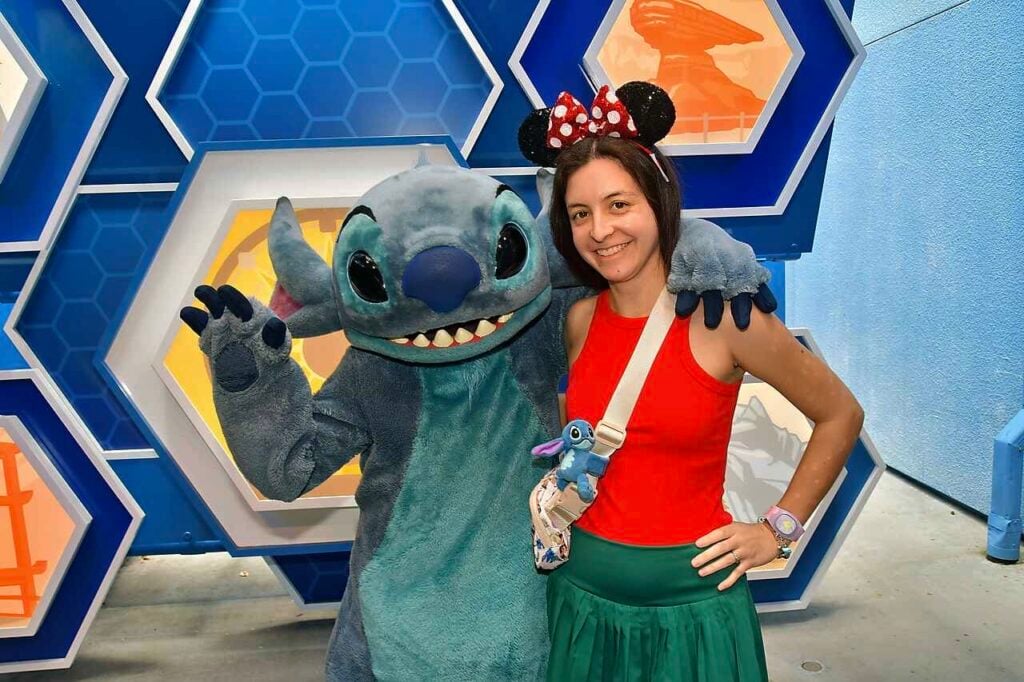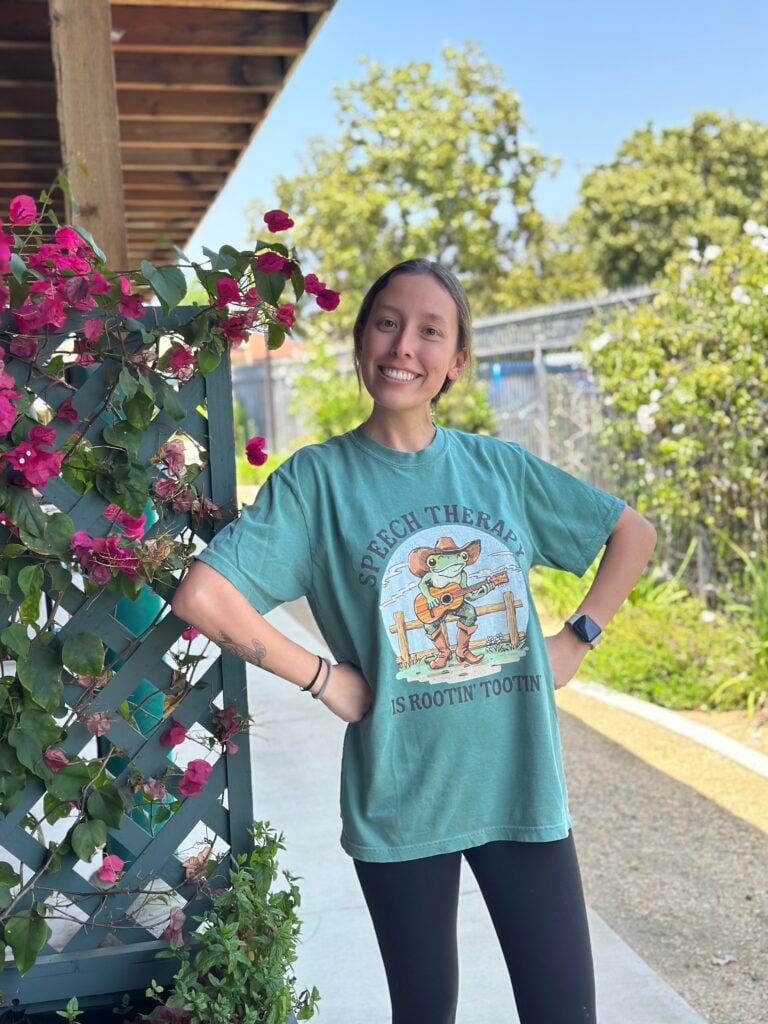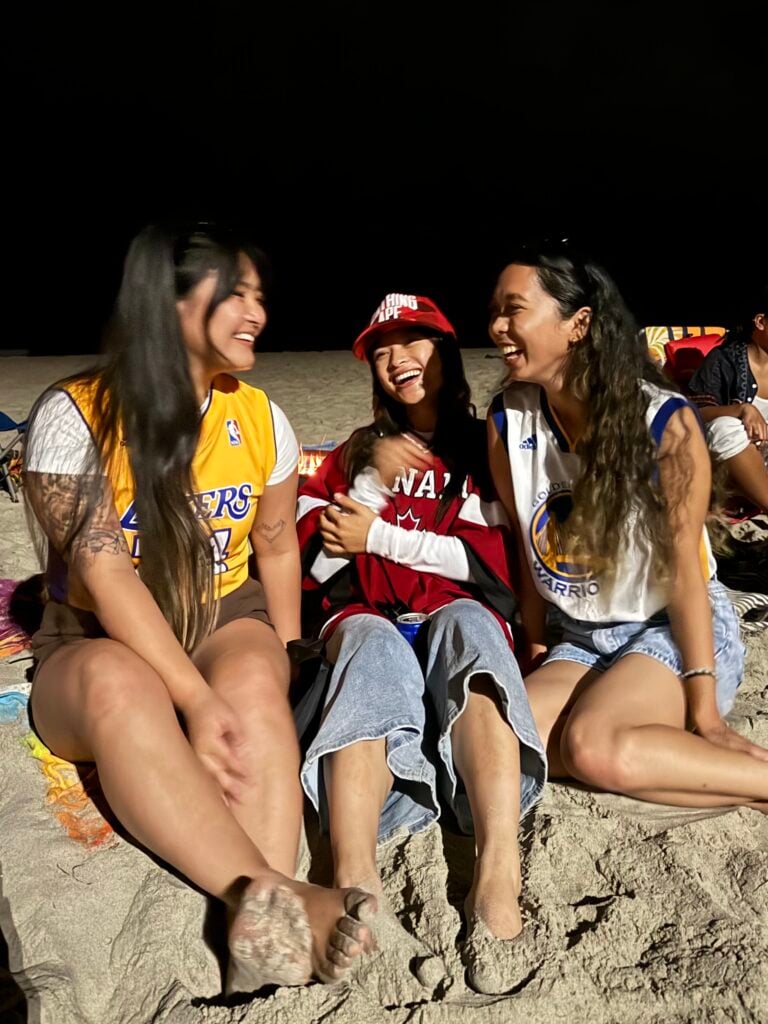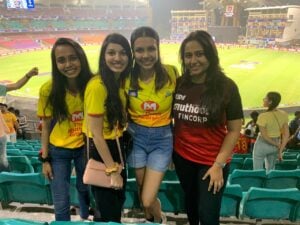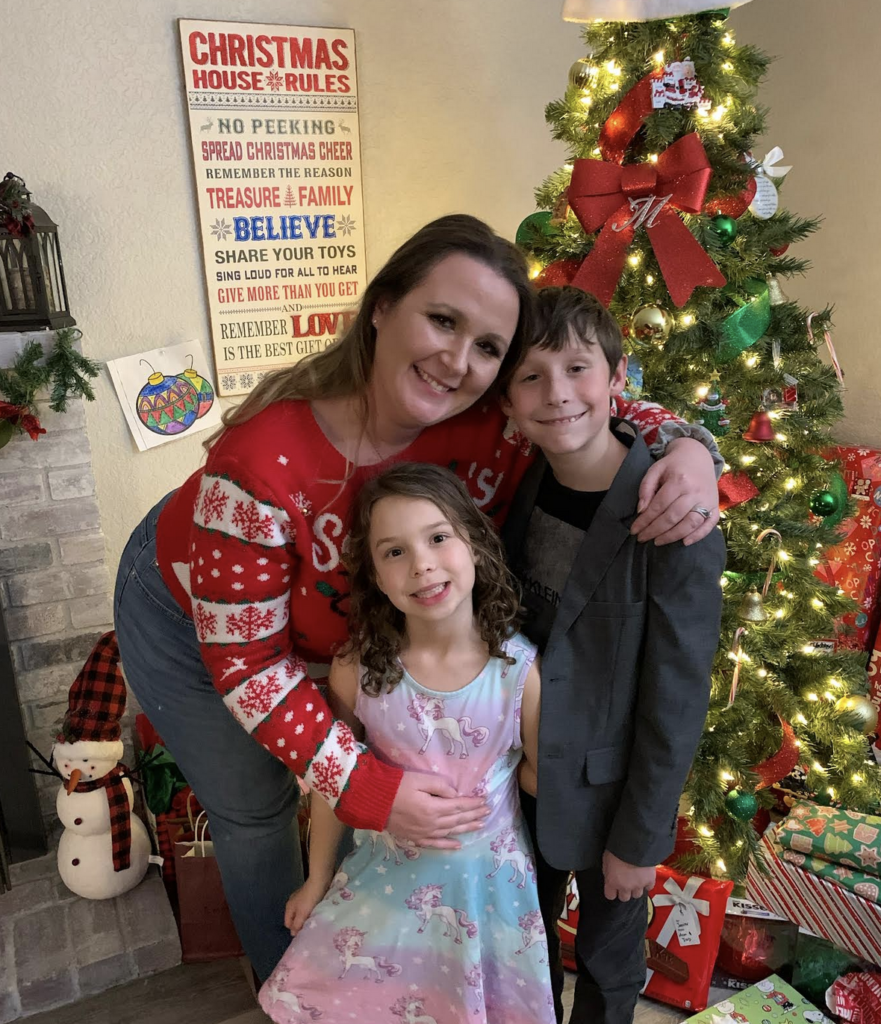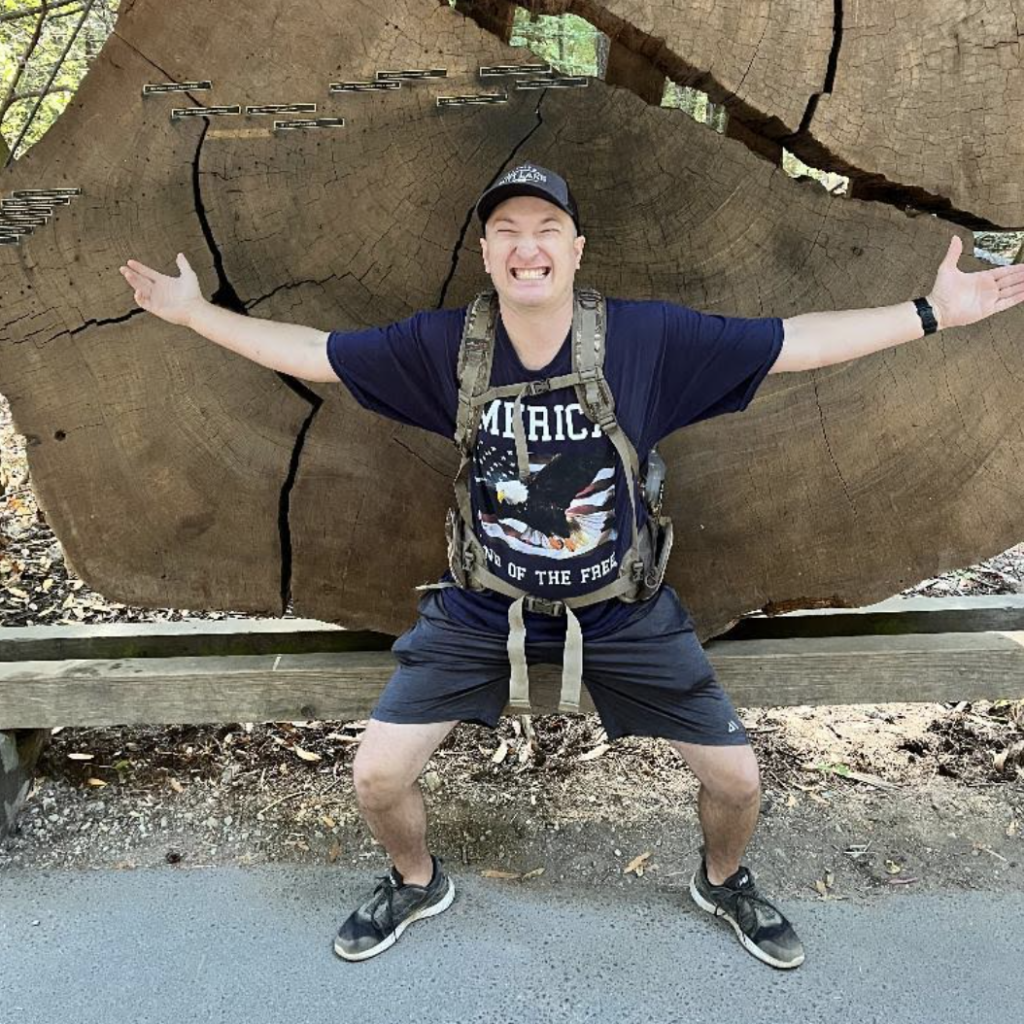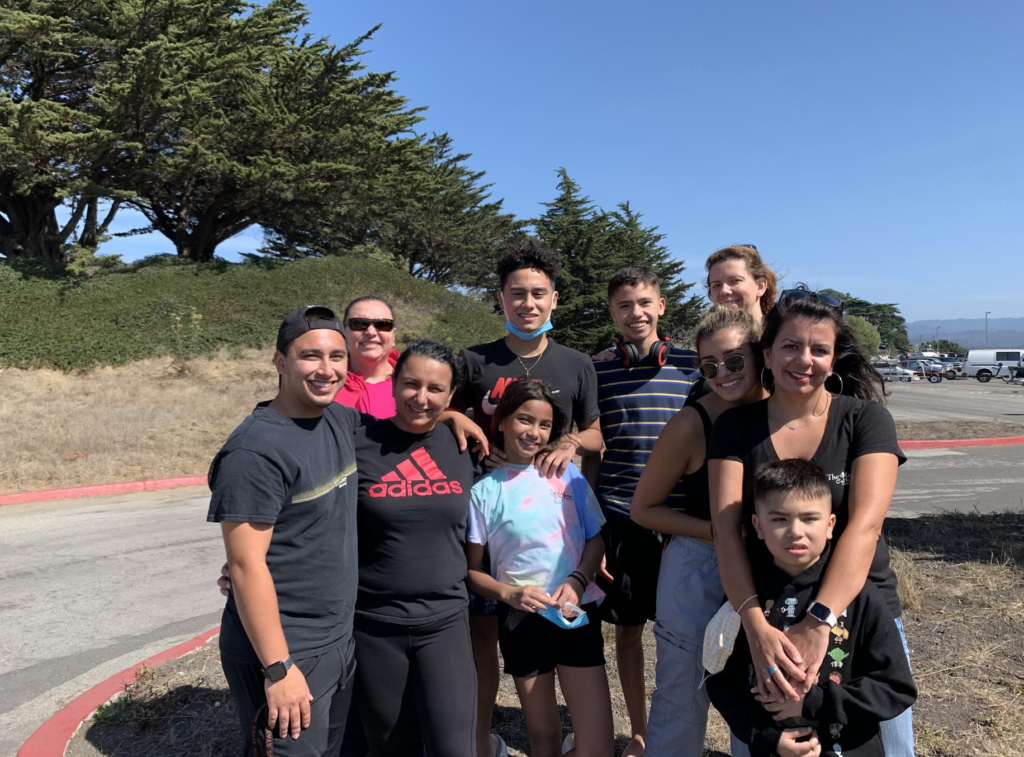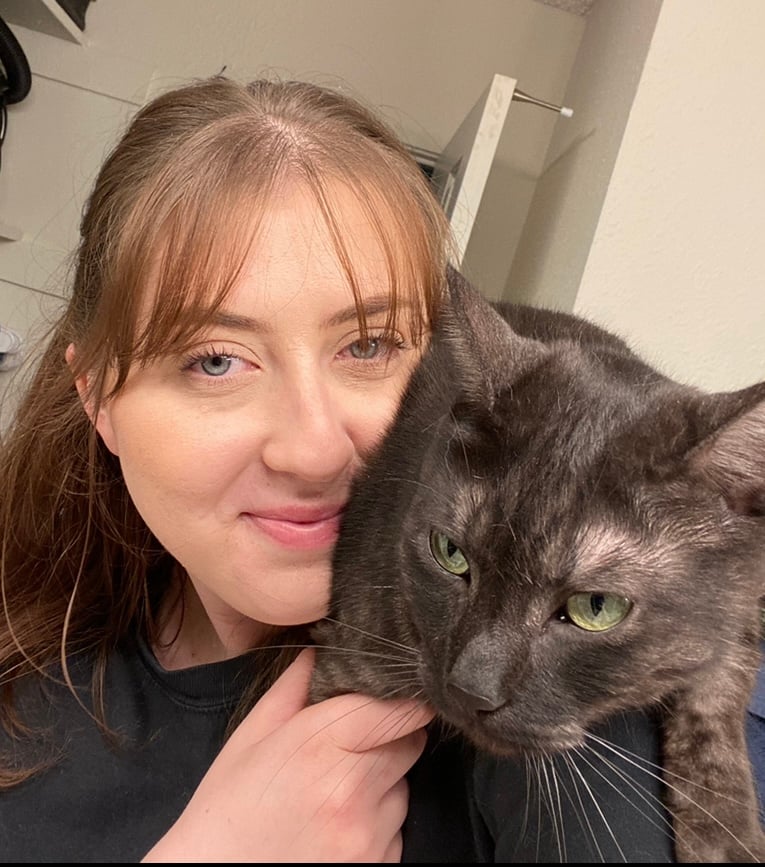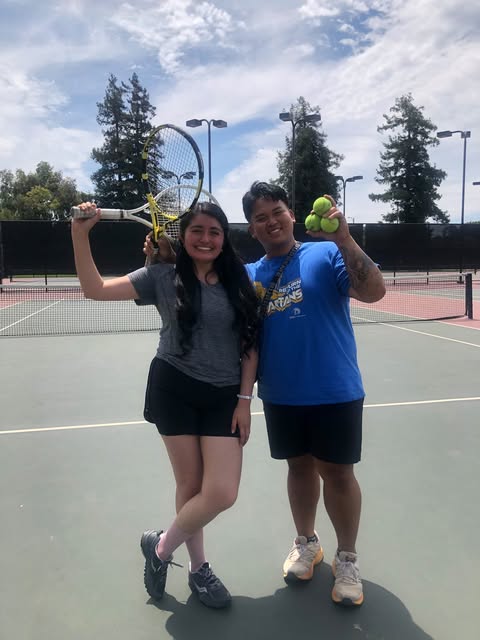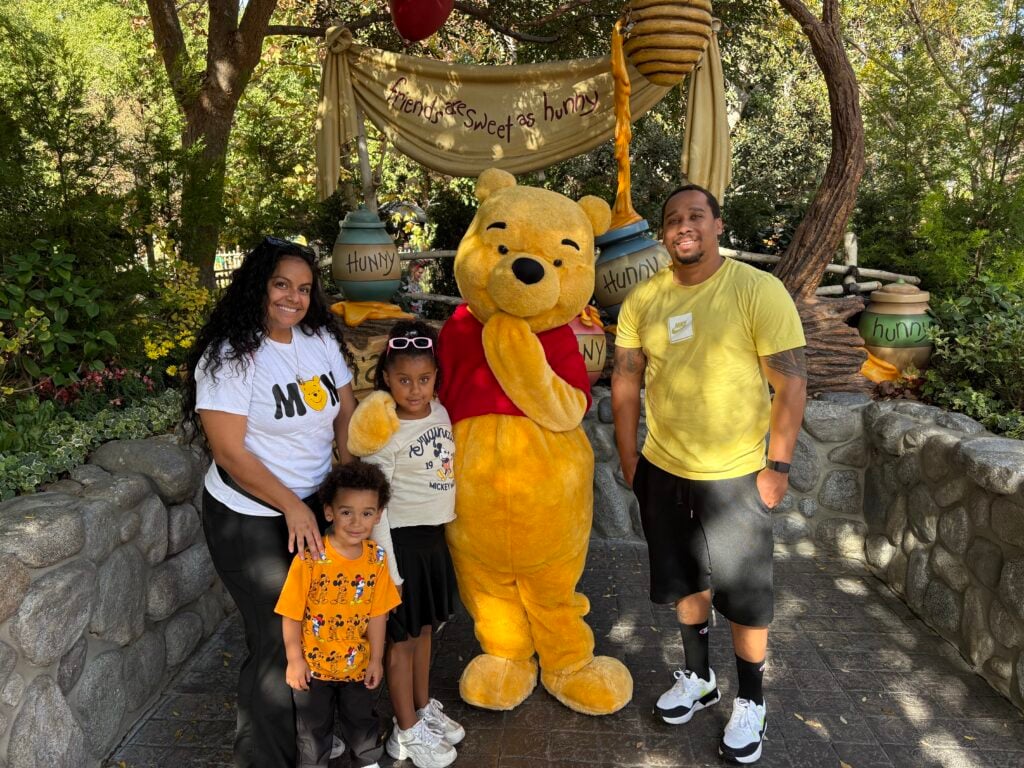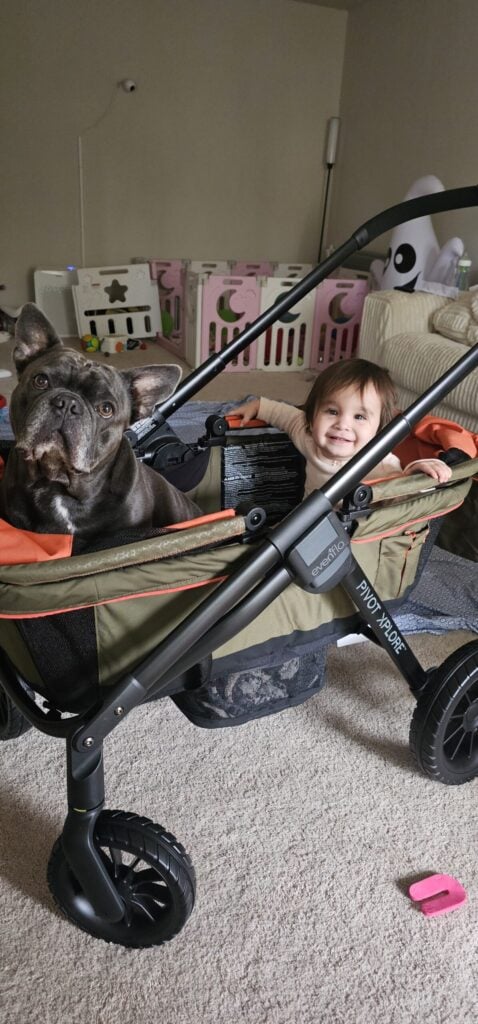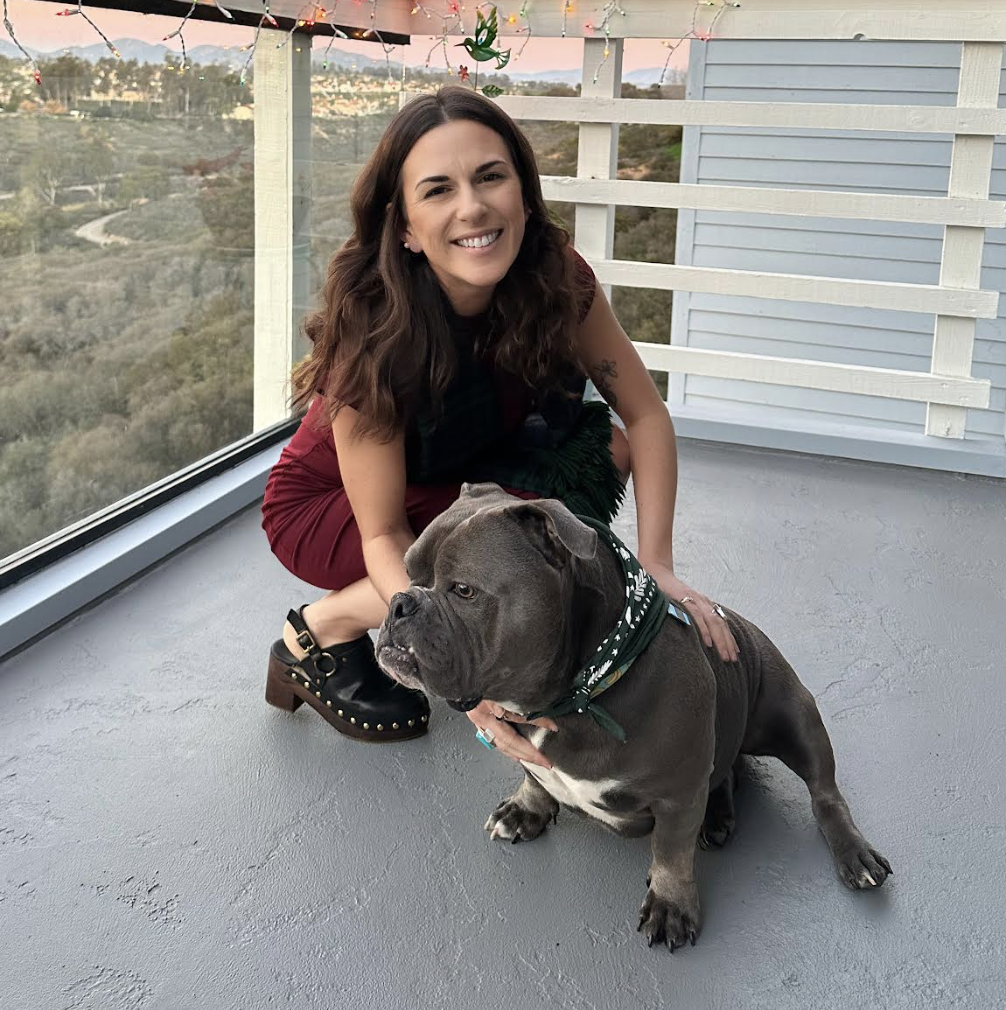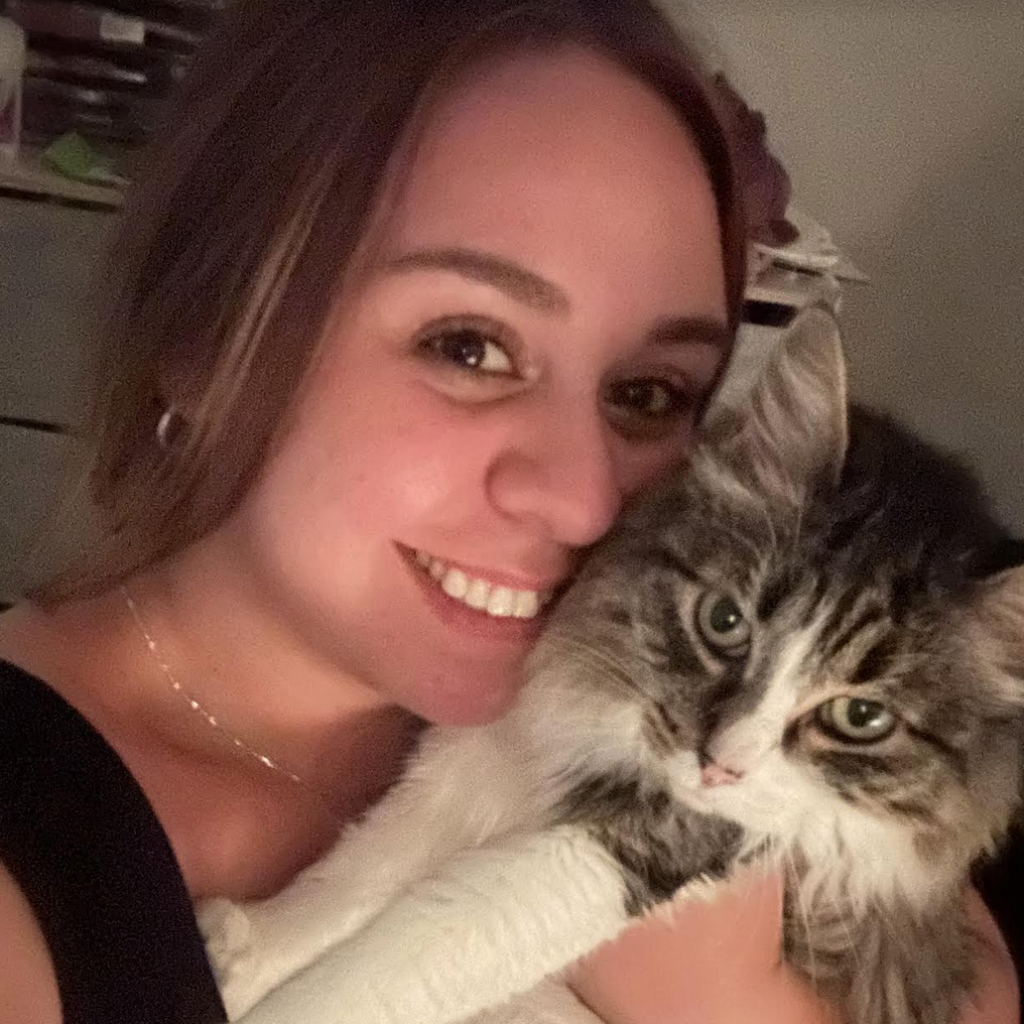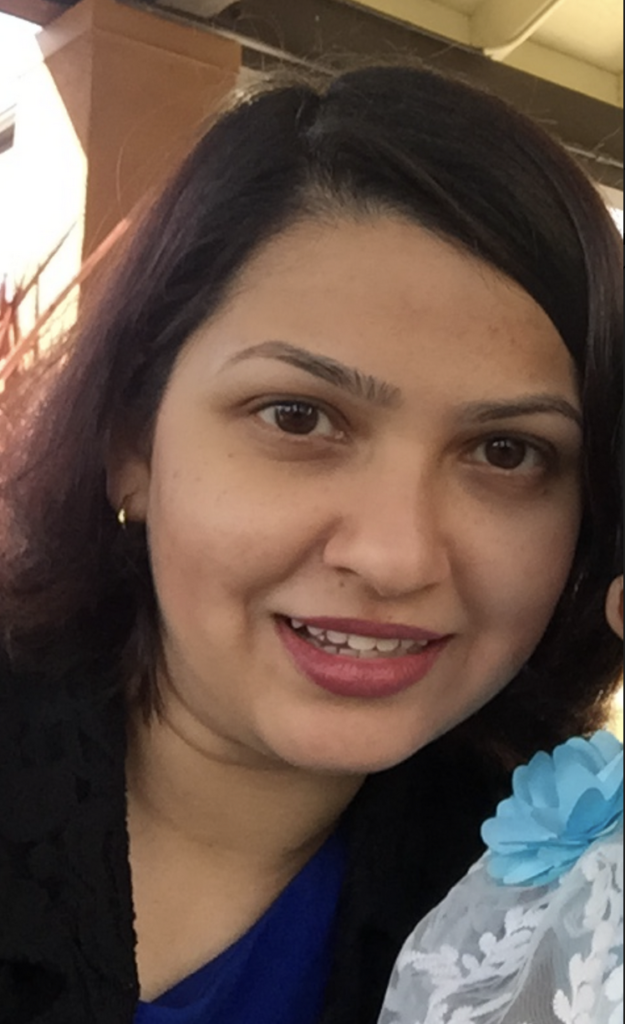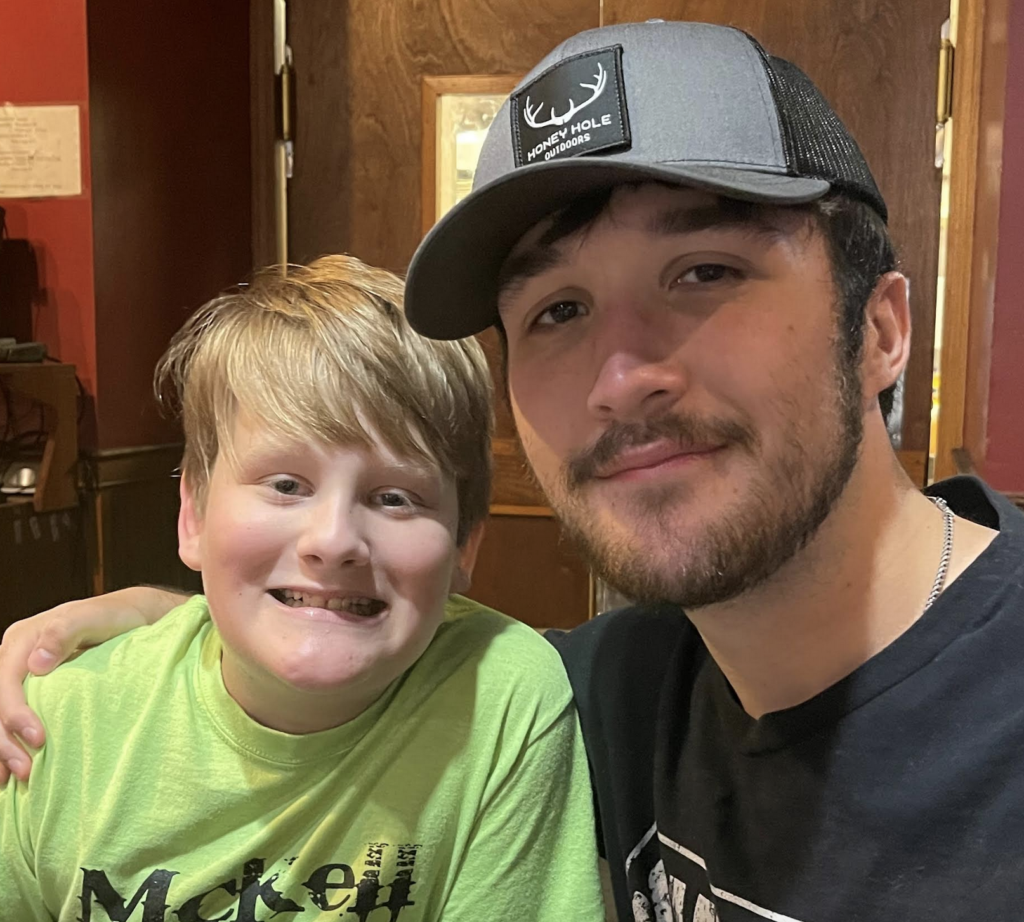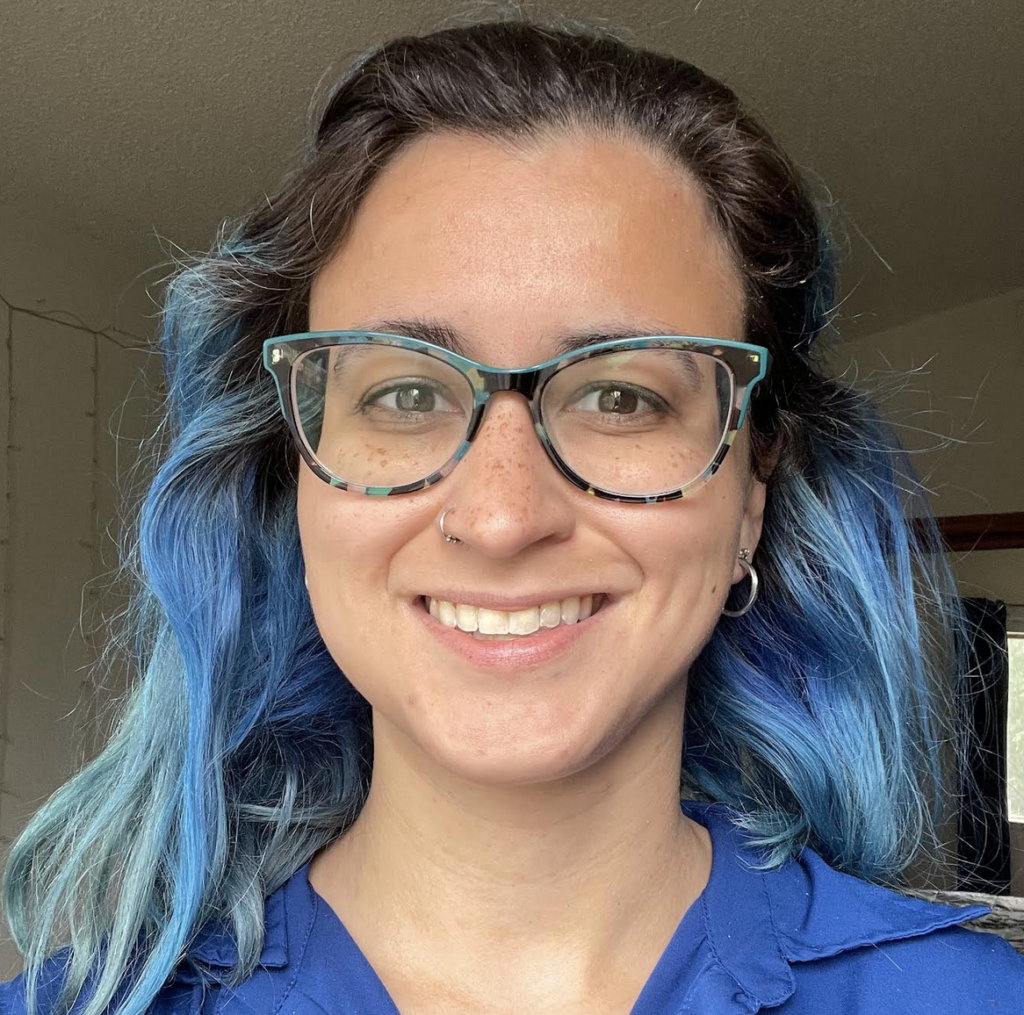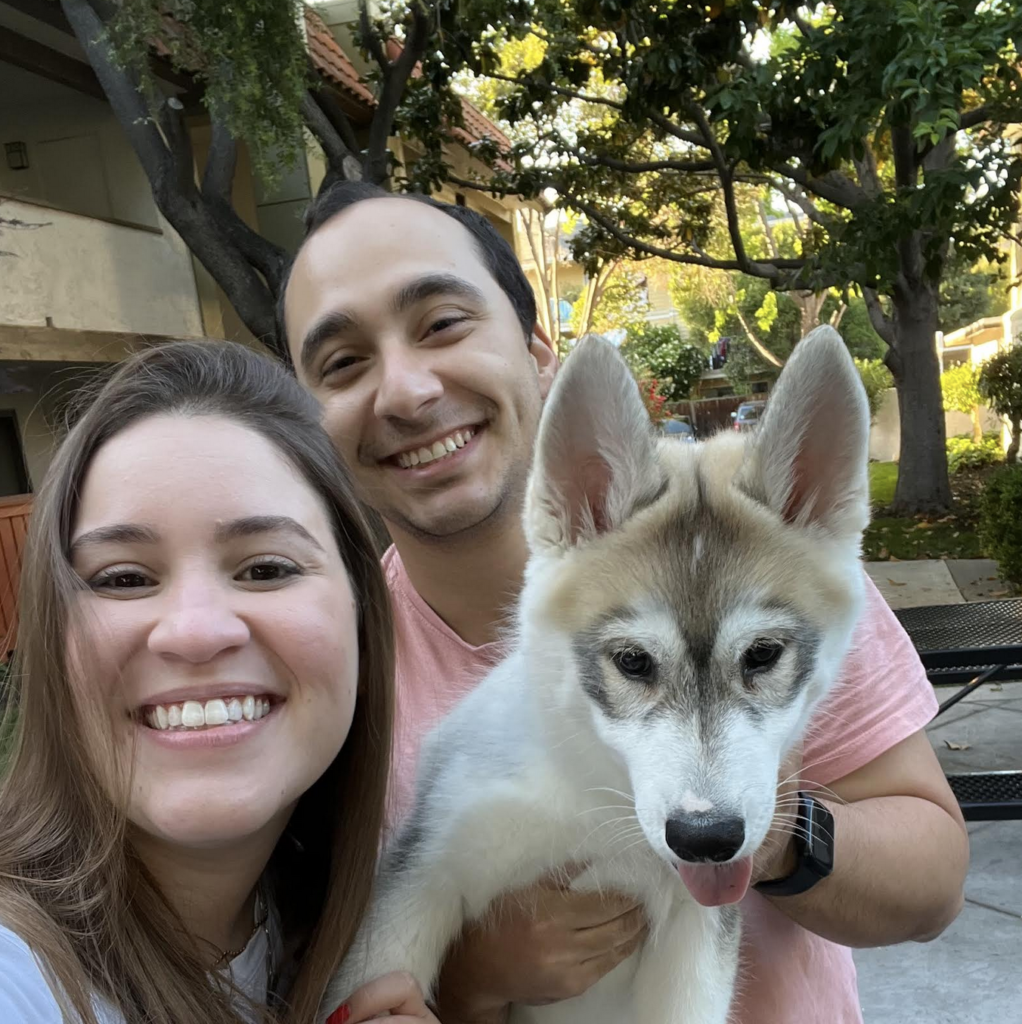When a child is diagnosed with autism, pediatric occupational therapy can help with many of the common challenges these children face. Very often, a child with autism is challenged by sensory processing difficulties. They may be hypersensitive or less sensitive to certain sensory systems. This is something we help children with every day.
The Many Ways Children Can Manifest Sensory Processing Difficulties
Children with sensory processing difficulties may struggle with light, sound, touch, smell, body movement, body position, or even their sense of joint position.
There are many examples of the ways children might manifest a struggle with sensory processing:
- Some kids might close their ears to the sounds of a vacuum cleaner, the leaf blower, even traffic or loud and noisy environments in the classroom, in the playground, or in a store.
- Other kids don’t like bright lights or they love bright lights. They want to turn lights on or off or play with the blinds.
- Kids with touch issues don’t like certain messy textures and won’t play in the sand or dirt or tolerate water on their hands.
- Some kids like to touch other people or touch certain surfaces all the time.
- Kids may want to spin all day, climb up furniture, jump from heights or constantly run.
- Many children with sensory processing difficulties have a hard time sitting still and being calm.
- At the park, they may want to be on the swing all the time or they want to go up and down the slide all the time.
- They may bump into objects frequently which presents a safety problem.
- They might not recognize that certain objects or actions such as jumping from a height would not be safe.
Identifying Emotional Regulation Challenges in Autistic and Non-Autistic Kids
In our clinic, we see some children experience challenges with emotional regulation. This can manifest as difficulty with transitions, maybe between preferred and non-preferred tasks. Or we might see difficulties with sudden changes in routine, especially in children with autism. A lot of the children that we see are very routine-oriented, so those sudden changes can lead to some problems, for example, with a child not being willing to wait.
We’ll see difficulty sharing, turn-taking or difficulty losing games. Some forms of emotional regulation problems can be a little bit of shyness or anxiousness or as a fixation on certain activities. A kid may be fixated on finishing an activity or needing to line objects in a row, for example.
Emotional regulation challenges can lead to what is termed dysregulation, which can result in aggressive, destructive or self-injurious behaviors. We have experience helping children through these challenges and into better situations.
Signs That Your Child May Need Help from Occupational Therapy
In addition to the signs noted above, there are many other behaviors you may see in a child who could benefit from Occupational Therapy, such as:
- Excessive screaming or crying
- Throwing things
- Getting aggressive
- Repetitive behaviors such as lining up toys
- Flapping their arms
- Flicking their fingers
- Spinning objects
Many Autistic Children May Need Help with Verbal Skills
Some children may not be verbal. They communicate nonverbally by pointing to objects or taking the parent towards a certain thing they want. Or they might just say a few words or just repeat nursery rhymes. They may have poor eye contact as well and be uninterested in socializing with other kids their age or adults.
One common language pattern we see in kids with autism is echo, which is a repetition of words or phrases. Sometimes they repeat these phrases in the same cadence as they heard it, for example, something they heard in a TV show.
There’s another phenomenon called stop language processing where kids will learn language in chunks instead of bit by bit. So they’ll say chunks of phrases or words instead of learning words. We help these kids with the speech therapy we offer.
How to Help Children with Pediatric Occupational Therapy
With every child, we begin with a standardized and comprehensive occupational therapy evaluation wherein we check for sensory processing issues, we check their fine and gross motor skills and their self-care skills. We also check their play skills and their behaviors. This evaluation is completed through clinical observation as well as through parent questionnaires, parent education, and also standardized testing.
The most successful approach to improving these behaviors is a play-based therapy and a client-centered approach. It’s important to meet the child where they’re at and challenge them in a way that is safe and structured. Occupational therapy also works best when it works closely with parents. The goal is to create a team that includes the parents, speech therapists and occupational therapists.
Once a child’s exact challenges have been documented through an OT evaluation, clinical observation and sensory profile, it is possible to determine the types of therapy that will work best for them.
How Parents Can Help Their Child Succeed in Therapy
As parents, what can you do to help your children during therapy? It’s helpful for parents to attend all the therapy sessions so they can observe how the therapist interacts with the child and how the child responds to the therapist.
Many clinics like ours also offer parent training, providing them with clinical resources. We want the parents to be consistent by carrying over the same therapeutic skills at home or in a public setting that the child experienced during therapy. With the right therapy and by working with your child’s therapists, you can improve your child’s function and independence.
Contact JLD Therapy When Your Child Needs Help
Occupational therapy is an essential solution if you recognize these challenges in your child. We are ready to help your child improve their behavior and learn self-care and emotional regulation skills to use at home, in public or in school. Call us at JLD Therapy in San Jose, California: (408) 337-2727.
About Poonam Menezes
Poonam became an occupational therapist in 2006 and has a Master in Occupational therapy from the State University of New York and has continued her education with studies in handwriting skills, and autism. She has also worked with adults in skilled nursing, assisted living, and independent living facilities. She has experience in home health, outpatient setting, and being a special education aide in the school district.
